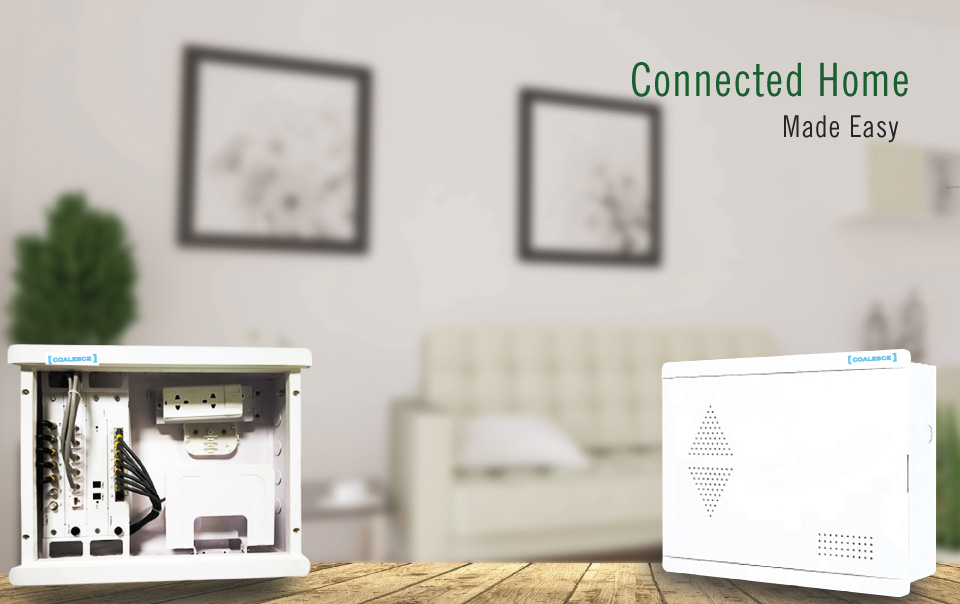Home can be a very happening place when it’s connected. Today’s average home has five or more connected devices. With multiple devices connecting to the internet within your home, having a strong and comprehensive wiring infrastructure is more important than ever. Because of this increased dependency, more and more new home builders are choosing to include strong structured wiring packages for their clients.
Structured Wiring.
So, What is Structured Wiring? This term refers to a whole-house network of audio, video, data, telephone, television, home automation or security signals. Structured wiring can be installed while a home is under construction, retrofitted during a remodel or added on its own. The connected home will have to be a single environment where all these services can be delivered but where consumers keep control of the network, their devices and data. Much like the electrical wiring in your home carries the voltage needed to power electronics, structured wiring provides the TV, internet and phone signal from a centralised point to all of the rooms within your home. By not wiring some of the rooms within your home, it impairs your ability to connect your devices and it also has an impact on resale value. If you’re building – make sure your builder is including all rooms on your structured wiring plan! Structured wiring provides secure, reliable and fast connectivity between consumer and electronic devices in the home.
Importance of structured wiring.
It’s important to note that not all structured wiring infrastructure is created equally. From the quality of the wire being used, to the physical connection itself, the overall system’s effectiveness is largely dependent on its installation. Another critical aspect of a quality structured wiring installation is the cleanliness and organisation of the install itself. You’ve most likely encountered a rat’s nest of wires on the side of a house, in an existing low-voltage enclosure, or behind an audio/video cabinet. Thus, it’s better to adhere to a strict quality standard with cleanly run lines that are zip-tied together and are all clearly labeled. Additionally, all lines should be tested for full functionality to make sure that all your connected devices can get online without any issue. Lastly, in most structured wiring systems, your home’s hub will be a low-voltage enclosure where all of your wires intersect. This eliminates the need to have ugly wires stung on the outside of your home, or hanging dangerously in the attic or crawlspace. With an increase in Wi-Fi enabled devices, it’s alluring to think that every device in your home will connect to the internet via wireless, while technically possible, having a hard-wired connection is always the better solution. The home network is central to the connected home to ensure easy interoperability of services and devices.
Impact of structured wiring on your internet speed.
A real connected home will require super fast broadband. With work from home being the new normal, structured wiring plays a vital role and helps everyone enjoy un-interrupted internet across different rooms. Homes with multiple TVs or PCs will need proportionately more bandwidth. It is important to understand that while 20, 40, or even 100Mbps connections are readily available today, faster speeds are either on the horizon, or might even be available to you without your knowledge. The most commonly installed cable type (Category 5e) is most likely in your home today. While it’ll technically support gigabit speeds, this is effectively the maximum throughput that it will provide to you. Category 6 cable is the next logical upgrade. It’s able to handle 10 gigabit speeds – 10x the current max speed available today. As an added benefit, if you’re choosing Cat5e and Cat6 cable, the upgrade cost is minimal and affords you forward compatibility and peace of mind. Builders and Developers can easily incorporate home network at the design stage of properties and the technical issues which will need to be tackled. However, they should also understand the value a network will add to a property.
Reach to us for more information and for building your home’s structured wiring plan.

